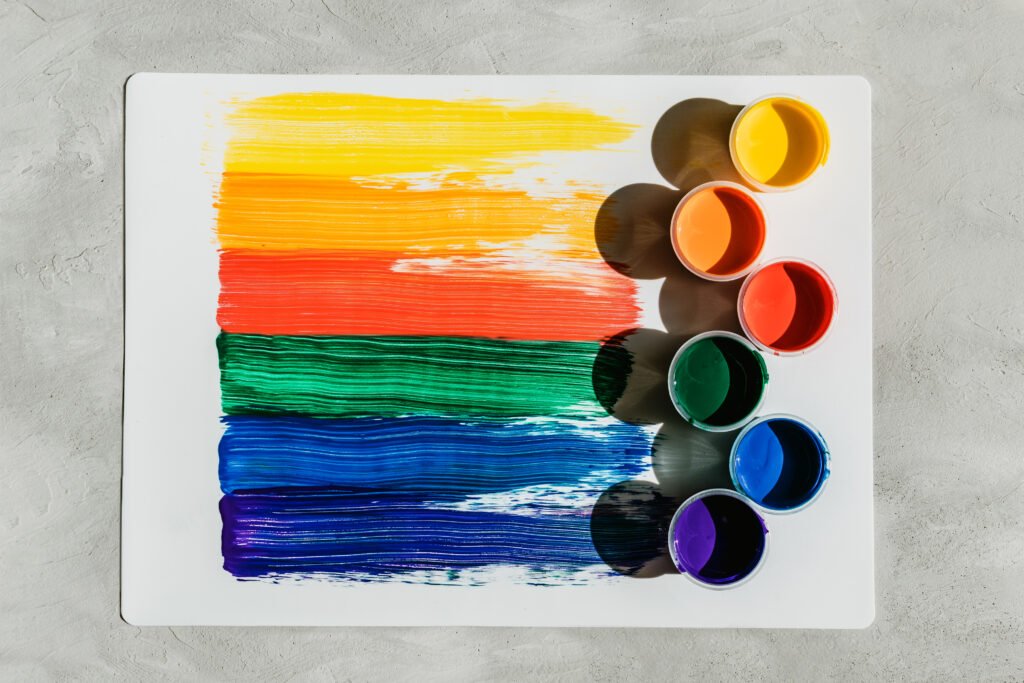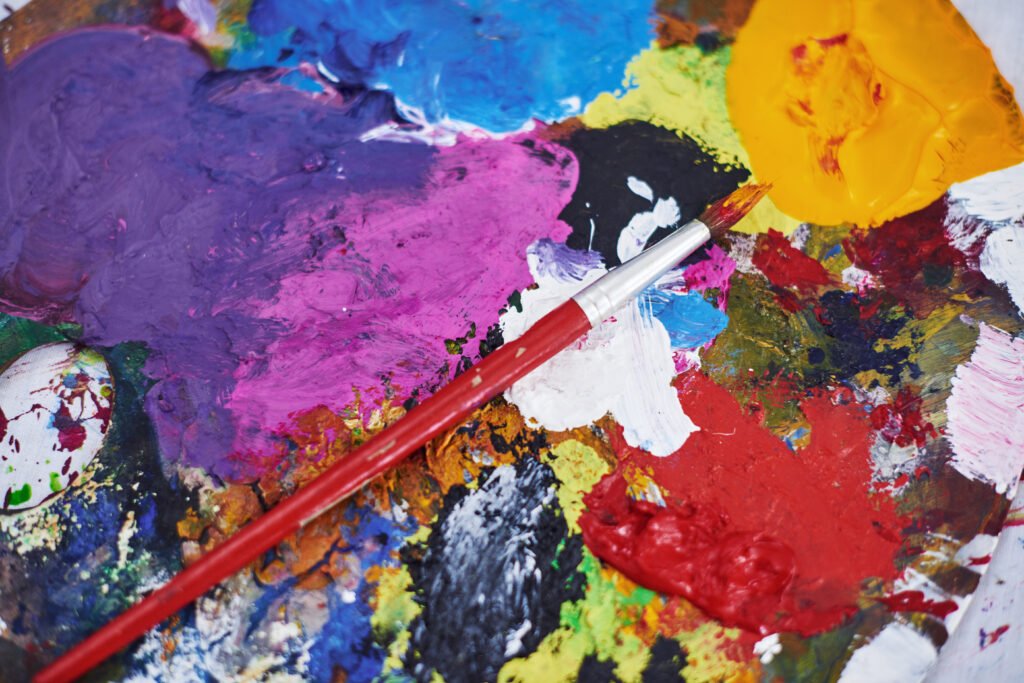In contemporary art, color has evolved beyond its decorative role to become a tool of political and psychological expression. Radical chromatism emerges as a vibrant response to social unrest, reshaping how we perceive images, spaces, and emotions. This aesthetic is defined by intense color palettes, striking contrasts, and provocative visual compositions aimed at stirring emotion and drawing attention to urgent social causes.
Radical chromatism goes far beyond surface beauty. It represents a convergence of art, psychology, and protest, exploring how color can impact perception and generate introspection. Artists who embrace this approach reject neutral or muted tones, instead favoring bold visuals that evoke discomfort, empowerment, and transformation. As a result, this movement has gained traction in abstract art, gaining recognition in exhibitions, galleries, and even among collectors looking to buy art with meaning.
The Psychology of Color as an Artistic Weapon
While the use of color in art is not new, radical chromatism pushes it to the limit. A study titled The Effects of Color on Emotions, published by the University of British Columbia in 2017, demonstrated that colors such as red, yellow, and electric blue have direct effects on mood, attention, and memory. These effects are heightened in abstract works where form and narrative are secondary, allowing the viewer to experience emotion through pure visual stimulation.
In this light, artists use color psychology not just as inspiration but as a deliberate strategy. By combining extreme contrasts and saturated hues, they seek to trigger immediate physical and emotional responses. Brazilian artist Regina Parra, for instance, employs neon tones to explore themes such as censorship, femininity, and power. Similarly, American artist Titus Kaphar uses vibrant colors to highlight historical erasure and systemic invisibility of Black narratives in traditional archives.
Abstract art, with its formal freedom, becomes the ideal platform for this chromatic revolution. Without the constraint of representing reality, the use of color becomes the primary communicator of emotion and critique. For those seeking to buy abstract art that merges aesthetics with a political edge, radical chromatism offers a compelling and transformative visual journey.
Radical Chromatism: Color as Resistance in the Art Market
In recent years, the art market has shown increased openness to works that diverge from minimalist norms and embrace bold chromatic saturation. The Color and Commerce: Art Market Trends 2022 report, released by Sotheby’s Institute of Art, recorded a 22% rise in interest for intensely colored works, particularly in online art marketplaces.
This trend reflects a growing public desire for art that not only adorns but speaks. For those seeking the best places to buy art, online platforms such as Artsper, Uprise Art, and independent galleries have become key destinations. These spaces curate collections by artists who use radical chromatism to express emotional depth and social urgency.

Moreover, there is a rising demand for artwork that resonates with current political and emotional climates. Vibrant colors in abstract compositions act as visual resistance, communicating issues such as racial injustice, gender-based violence, environmental crisis, and systemic inequality. In this sense, radical chromatism functions as a silent yet striking form of protest that occupies walls with presence and intention.
For individuals who wish to buy art with a sense of purpose, investing in radical chromatism is not merely an aesthetic choice — it’s a statement. Through color, these works transform spaces and ignite conversations, reminding us that art remains one of the most powerful mediums for healing, provoking, and resisting.



